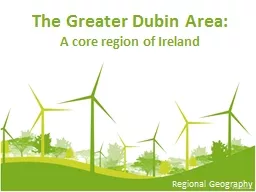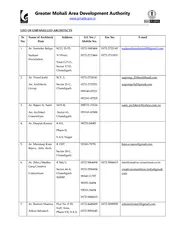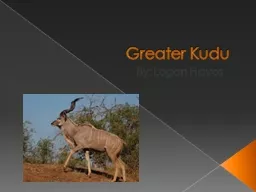PPT-The Greater Dubin Area:
Author : cheryl-pisano | Published Date : 2015-10-12
A core region of Ireland Regional Geography Why is the GDA a Core Region It is a focal pointnodal point of the main road and rail networks with two sea ports and
Presentation Embed Code
Download Presentation
Download Presentation The PPT/PDF document "The Greater Dubin Area:" is the property of its rightful owner. Permission is granted to download and print the materials on this website for personal, non-commercial use only, and to display it on your personal computer provided you do not modify the materials and that you retain all copyright notices contained in the materials. By downloading content from our website, you accept the terms of this agreement.
The Greater Dubin Area:: Transcript
Download Rules Of Document
"The Greater Dubin Area:"The content belongs to its owner. You may download and print it for personal use, without modification, and keep all copyright notices. By downloading, you agree to these terms.
Related Documents














